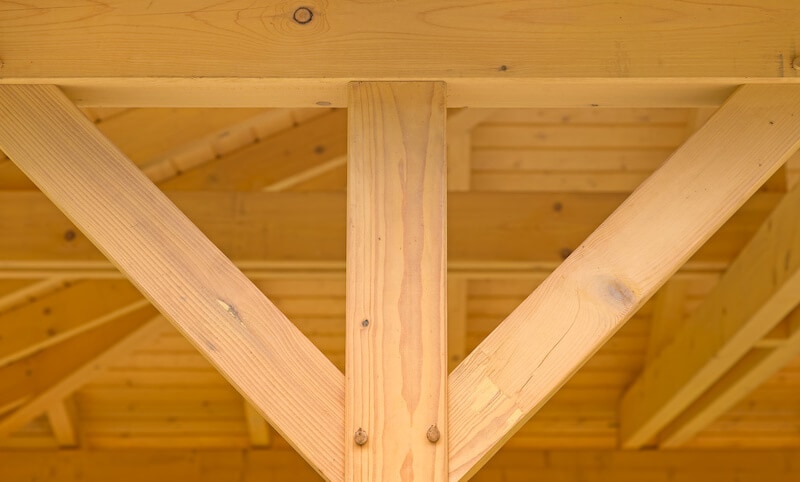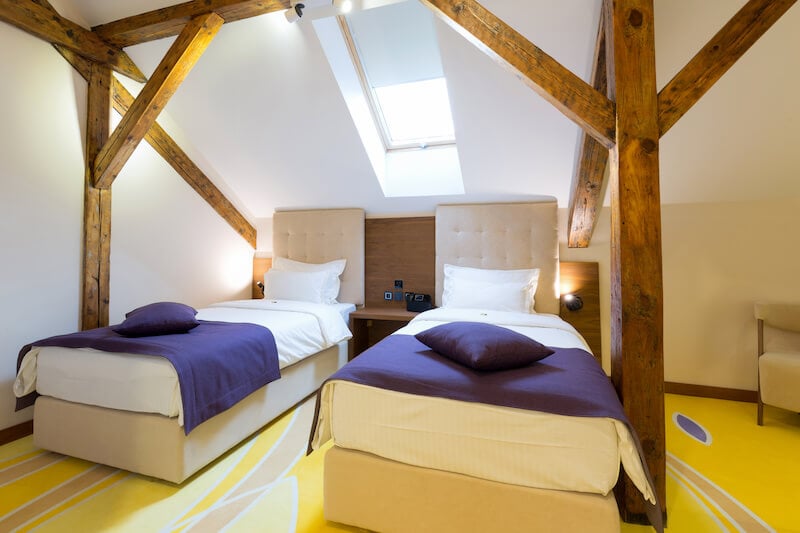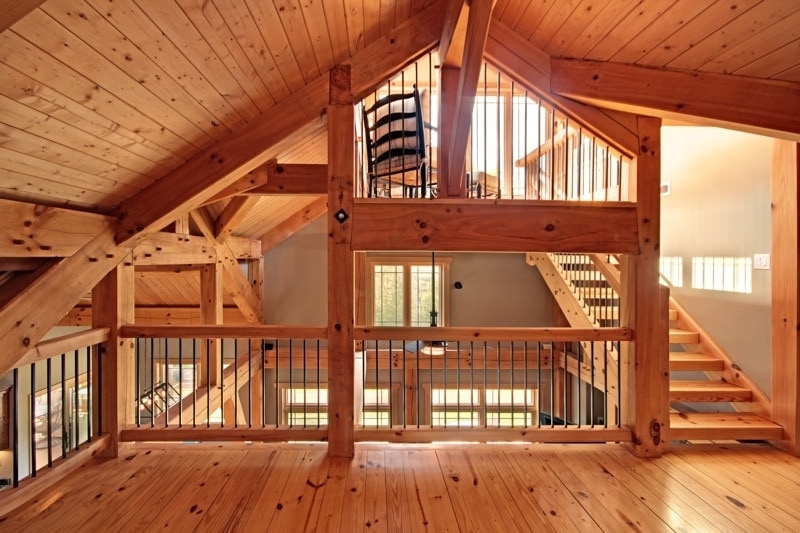
Lateral loads, shear, tension, compression, snow loads, gravity loads, floor loads…these are some of the things that timber frame engineering is about. It is a fun and interesting aspect to the art of craft. You can learn more about them below.
A licensed engineer is familiar with the architecture and engineering of timber frames, and the specific reaction to stress loads in the joints and joinery. Many areas require an engineer’s seal before granting a building permit for timber frame buildings. This type of construction is not covered under most local building codes, making an engineer’s input vital in the construction process.
We have compiled some useful information on this page in order to make your search for a timber frame engineer or other information easier. below you can find links to some engineering reports, technical bulletins and other information that you will find on the Timber Frame Engineering Council’s Website.
We also encourage you to check out the Timber Framers Guild website to learn more about the science and engineering of these great structures.
Engineering Loads
When designing a timber frame, you must understand and consider engineering loads. Loads are either gravity-based (vertical loads) or lateral loads. They can also be dead or live loads. Without taking these into account, you will have a structurally unsound framework and be setting a building up for failure down the road. This includes the load of the frame and roof itself while also considering the location of the frame and what the purpose of the frame is as well. The loads themselves need to be calculated, and then you need to find out how much of each load each post will receive and how it can be distributed into the foundation.
Load Displacement or Distribution
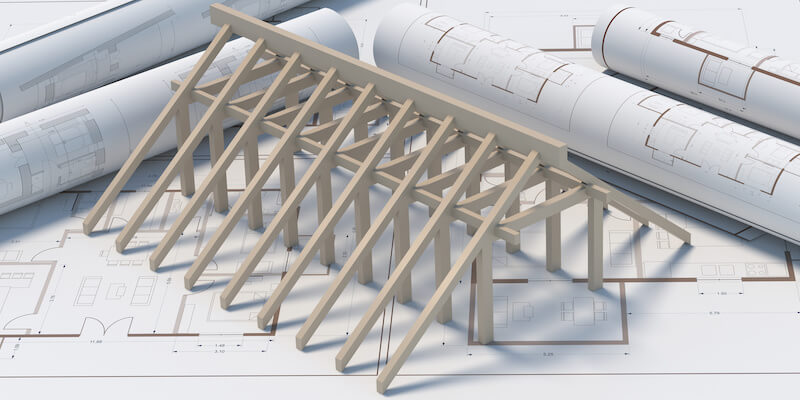
When you think of how a frame works, you have a certain amount of weight put through timbers. This now needs to be distributed and moved back into the foundation. Confusing right? Don’t worry, I will explain further. In a king post truss with braces, the ridge is the topmost part of the truss system that makes up your roof. The struts from the rafters to the king post in the truss help the truss not to come apart and to distribute the load back into the tie beam members of the truss. From the tie beam, the load is then distributed in the frame's posts via the post itself and the brace. The post then distributes the load into the footer in the foundation. Therefore, the posts must land on a footer or reinforced piece of concrete.
Vertical Loads
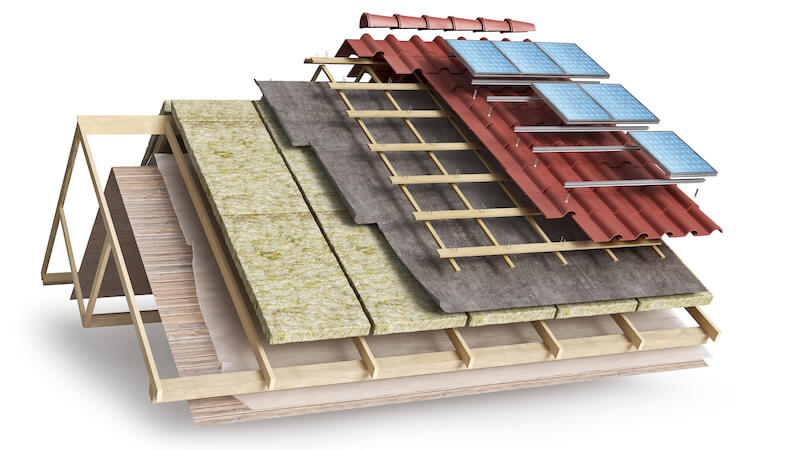
A vertical or gravity load is demonstrated as the amount of gravity the building itself needs to be able to handle. This includes the weight of the timbers themselves. You need the posts to bear the weight of the roof and the floor system combined. That means roofing materials, flooring, and wall material need to be accounted for, not only the natural weight of the timbers making up the frame.
Lateral Loads
A lateral load or horizontal load is any force that is put on the frame from the side. Think of strong winds. This is why braces and sheathing are one of the most vital parts of the framework. Without adding braces or sheathing, the frame will have no rigidity. Interior walls can also help with the lateral loads and stiffen up a frame, so if you are raising a frame and it seems not sound, then you need to check the plans and see if the architect has called for any interior walls running perpendicular to the frame.
Dead Loads
A dead load is anything that will be part of the framework or inside the frame. This includes roofing, subfloor, flooring, wall coverings, and general things of this nature. You may also consider items such as a very thick countertop or a solid bathtub. This is just an example, but if you plan to put fixtures in the frame that seem like they will be heavier than average, it’s not a bad idea to address this during the engineering planning process. This could save you a lot of headaches later.
Live Loads
This is anything that will be a weight or force added to the structure. Snow load is an excellent example of this that is used quite frequently. Snow doesn’t need to be engineered, but when you think about 16” of snow or more piling onto a roof for months, you realize that this could cause a dramatic frame failure. There are many other live loads such as hurricanes, earthquakes, vehicles, furniture, and many more. Furniture is different here because it can be moved around, or new pieces can be added, not to be confused with fixtures as discussed previously, as these cannot be easily added or moved.
Timber Frame Engineering Council
The Timber Frame Engineering Council (TFEC) was formed in 2005 at a Guild conference by a group within the Timber Framers Guild, it was in response to a need for systematic research, discussion and codification of timber frame joinery and structural practices. Membership is open to all Timber Framers Guild members, I enjoy being a part of this organization and would encourage anyone who is interested in the science behind timber frame to join. – Brice
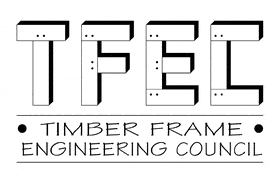
- Provide an open forum for the discussion of engineering topics.
- Promote appropriate research to advance timber frame and SIP technology.
- Produce technical publications and articles on various topics.
- Advocate amendments to building codes and technical standards.
- Conduct engineering sessions in conjunction with TFG Conferences.
TFEC Research Reports
- Edge spacing of pegs in mortise and tenon joints
- Moment resistance of bolted timber connections with perpendicular to grain reinforcements
- Load bearing housings
- Investigation of Through-Tenon Keys on the Tensile Strength of Mortise and Tenon Joints
- Structural performance of rounded dovetail connections
- Using diaphragm action for wind load design of timber frame structural insulated panel buildings
- Structural properties of pegged timber connections as affected by end distance
- Demonstration of wind load design for timber frame structures using diaphragm action
